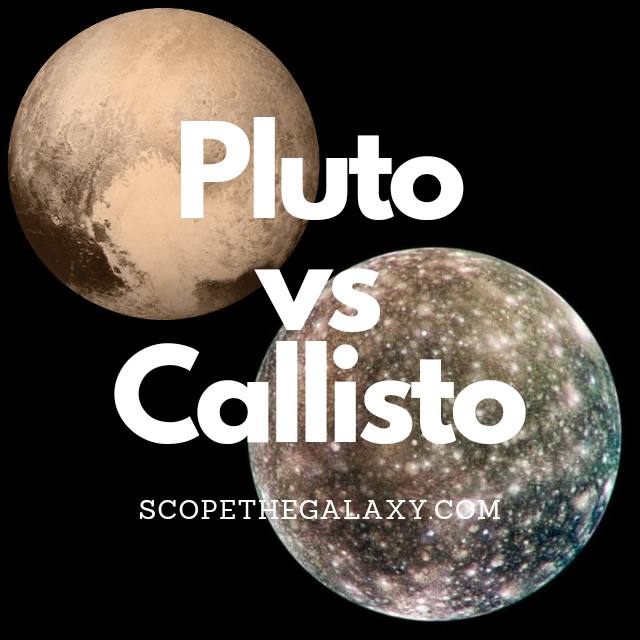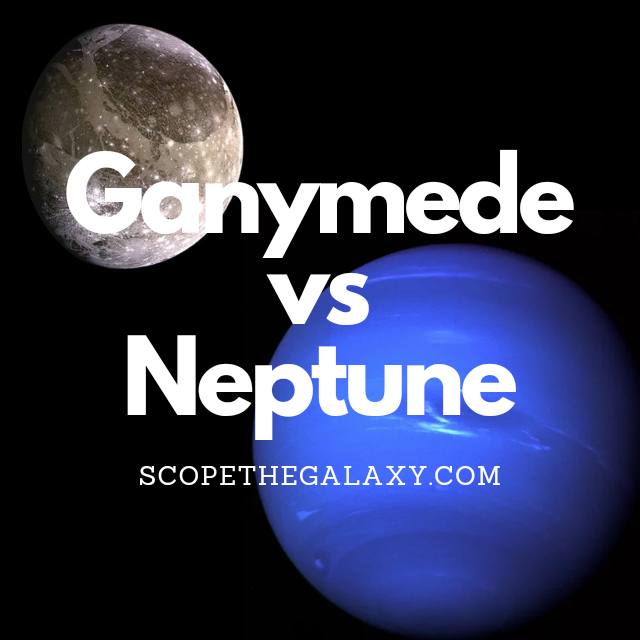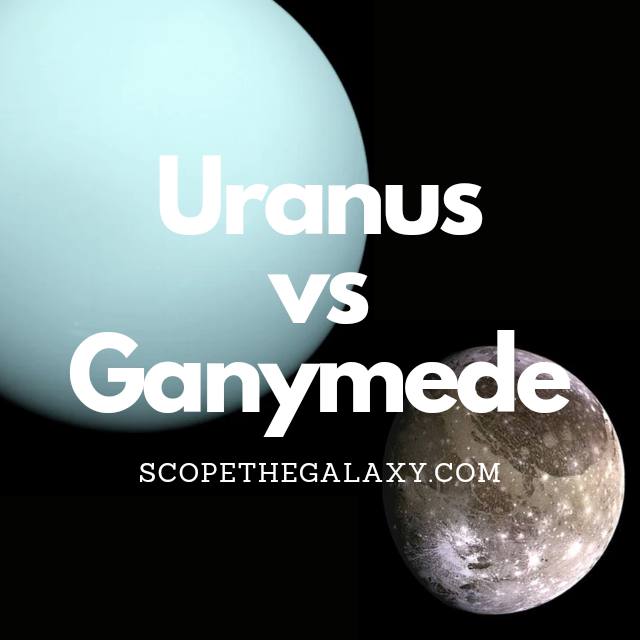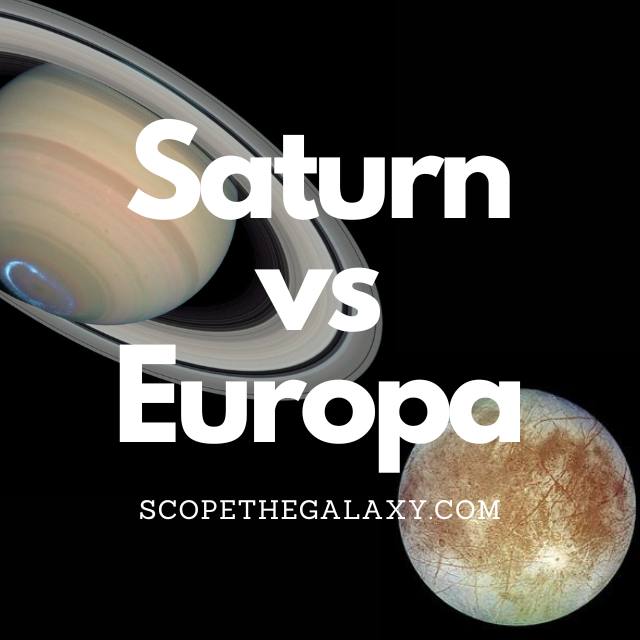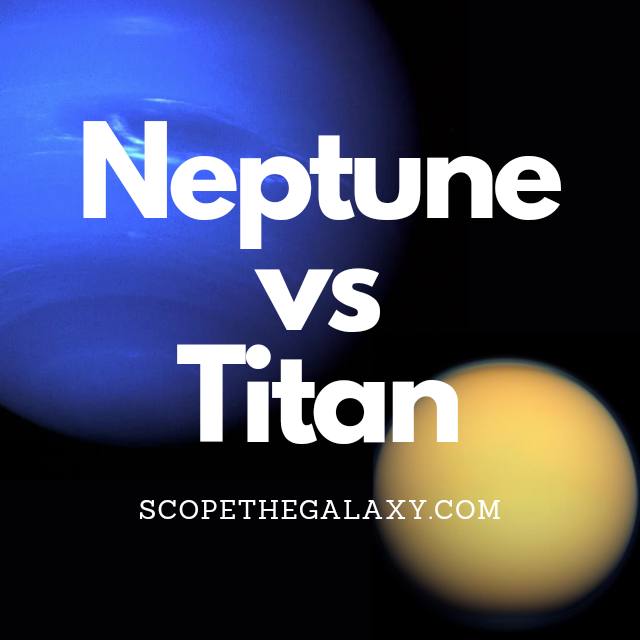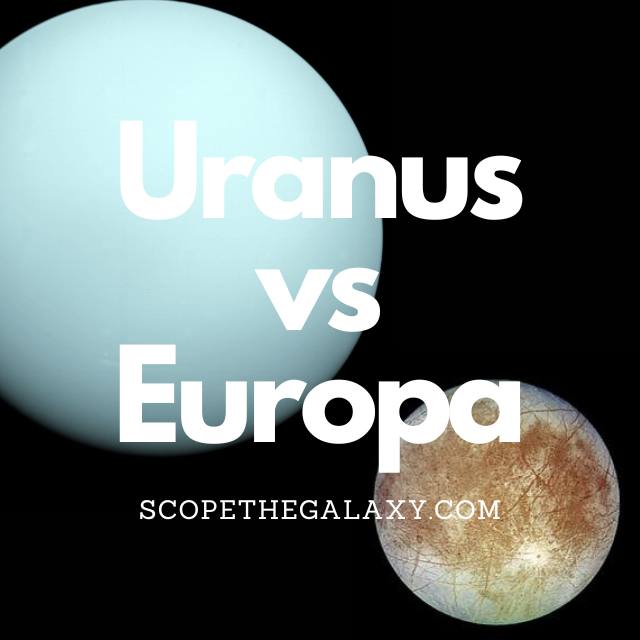Pluto vs Callisto (How Are They Different?)
The main differences between Pluto and Callisto would be that Pluto is a dwarf planet with 5 moons that orbit it whilst Callisto is the 3rd largest moon in the solar system that also orbits Jupiter, Pluto is far smaller than Callisto with a diameter of 2,370km whilst Callisto’s is 4,820.6km which also makes the … Read more

